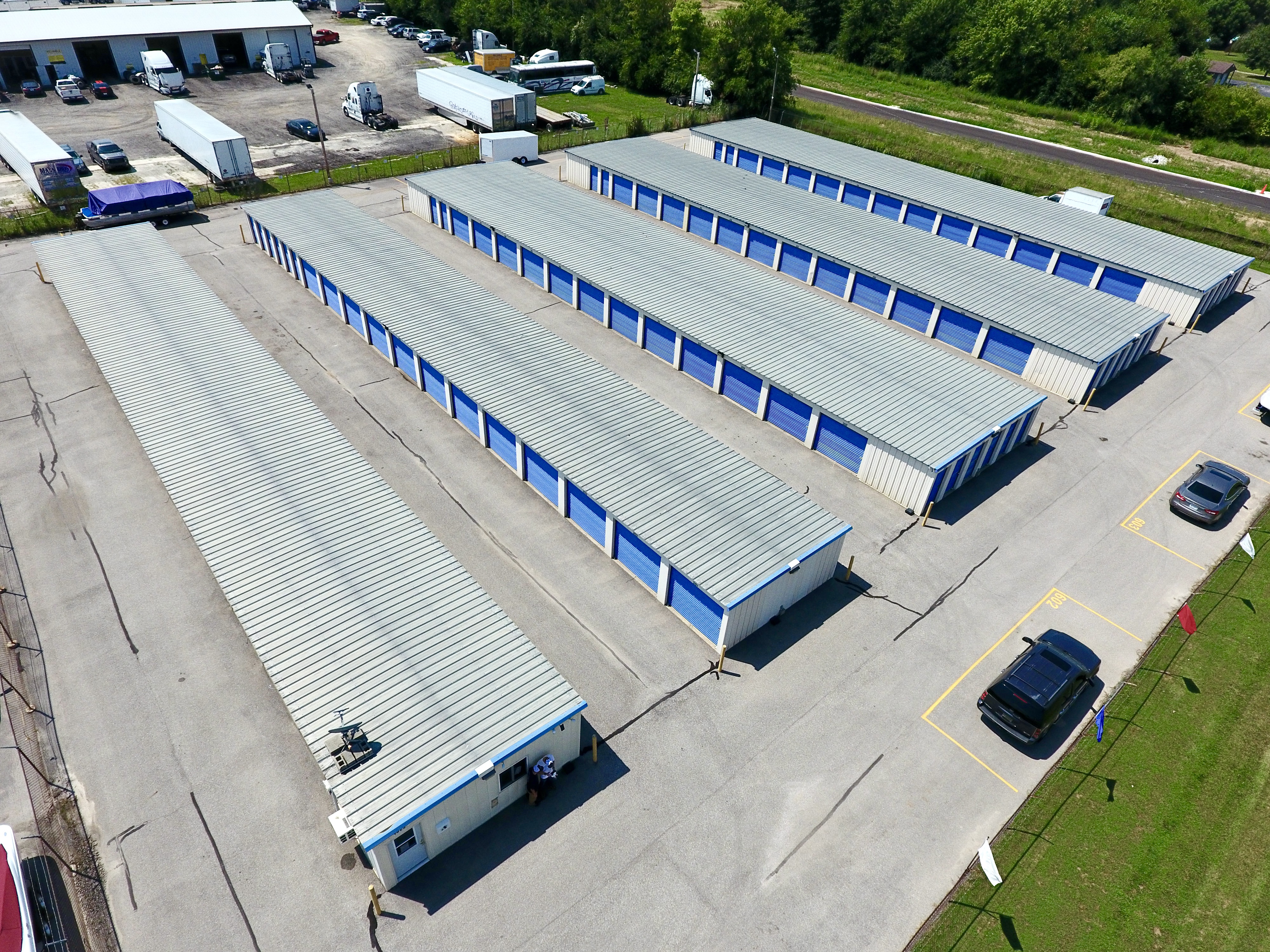How Hot Do Storage Units Get in the Summer?
Miles of Storage
March 9th, 2025

If you’re considering renting a storage unit, one important factor to think about is temperature—especially during the summer months. Extreme heat can impact certain stored items, potentially leading to warping, melting, or other forms of damage. But just how hot do storage units get in the summer, and what can you do to protect your belongings?Let’s take a closer look at summer temperatures in storage units, what affects them, and how to keep your items safe.
How Hot Can Storage Units Get?
The temperature inside a storage unit largely depends on its location, type, and exposure to the sun. On a hot summer day, outdoor storage units can reach temperatures much higher than the outside air.
1. Non-Climate-Controlled Storage Units
Traditional outdoor storage units—often similar to garages—can become extremely hot in the summer. If outside temperatures reach 90–100°F, the inside of a non-climate-controlled unit can easily climb to 120–130°F due to heat retention and lack of ventilation.
2. Climate-Controlled Storage Units
Climate-controlled units are housed inside buildings with regulated temperatures, keeping them significantly cooler than non-climate-controlled options. Most facilities maintain climate-controlled units at 55–80°F year-round, preventing extreme heat exposure.
Factors That Affect Storage Unit Temperature
Several factors influence how hot a storage unit can get in the summer:
- Direct Sunlight Exposure – Units that face the sun for extended periods will get hotter than shaded ones.
- Material of the Storage Unit – Metal units absorb and retain heat more than concrete or insulated buildings.
- Ventilation – Poor airflow leads to trapped heat, making units even warmer.
- Geographic Location – Areas with high humidity and prolonged heat waves will have more extreme temperature fluctuations.
Items That Can Be Damaged by Heat
If you’re using a non-climate-controlled unit in the summer, certain items are at risk of heat damage, including:
- Electronics: Heat can cause batteries to leak and internal components to malfunction.
- Wooden Furniture: High temperatures and humidity can cause warping and cracking.
- Photos and Documents: Paper products can yellow, curl, or stick together.
- Vinyl Records and CDs: Heat can warp and distort media.
- Candles and Cosmetics: Wax and beauty products can melt at high temperatures.
- Leather Goods: Heat can cause leather to dry out, crack, or fade.
How to Protect Your Belongings from Heat
If you’re renting a storage unit in the summer, here are some ways to protect your items from extreme temperatures:
1. Opt for Climate-Controlled Storage
If you’re storing temperature-sensitive items, consider a climate-controlled unit. Facilities offering storage units in Richmond, Indiana provide secure and temperature-regulated options to keep your belongings safe year-round.
2. Store Items in Insulated Containers
Plastic bins with tight-fitting lids help protect against heat and humidity better than cardboard boxes.
3. Use Pallets or Shelving
Keeping items elevated off the floor can help improve airflow and reduce direct heat absorption.
4. Wrap Items in Protective Materials
Bubble wrap, furniture covers, and heat-resistant blankets can provide an extra layer of protection against extreme temperatures.
5. Limit Storage of Heat-Sensitive Items
If possible, avoid storing items that are particularly vulnerable to heat unless they are in a climate-controlled unit.
Conclusion
Storage units can get extremely hot in the summer, with non-climate-controlled units reaching well over 100°F. If you need to store temperature-sensitive items, choosing a climate-controlled unit is the best way to ensure they remain in good condition.By understanding how heat impacts storage units and taking the right precautions, you can keep your belongings safe even during the hottest months of the year.
Categories
